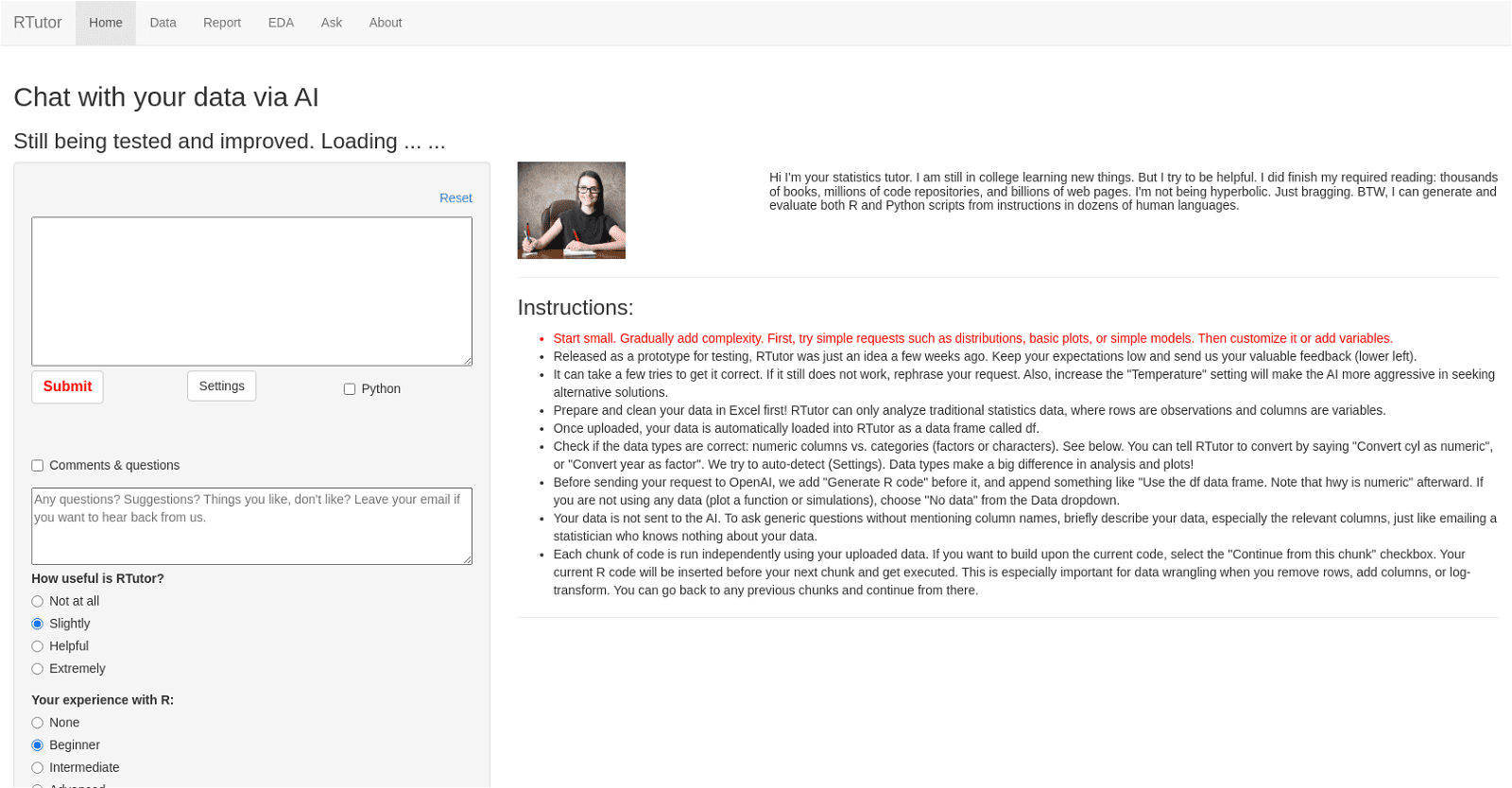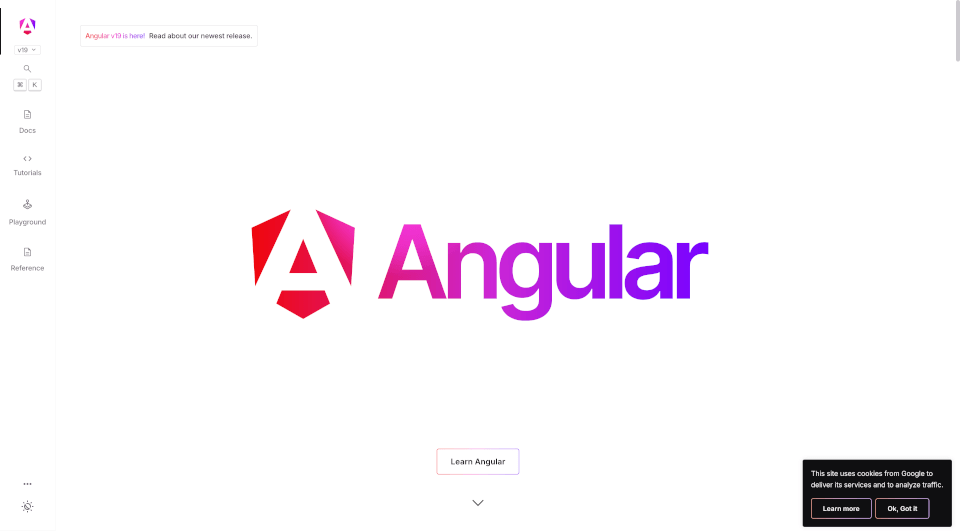RTutor is an AI-based tool for data analysis. It provides a natural language interface for users to interact with their data. It can be used to generate R and Python code for various statistical analyses and generate reports in HTML format. It is built on OpenAI’s powerful text-davinci-003 language model and can translate natural language into R and Python code.It supports data files in CSV, TSV/tab-delimited text files, and Excel formats. It can also detect data types automatically, convert numeric columns to factors, and generate descriptive summaries and plots.
It can also generate code for correlation, GGpairs, and other analyses.RTutor also supports natural language processing in dozens of human languages, including Chinese, Ukrainian, Arabic, Hindi, Spanish, German, French, Luxembourgish, Vietnamese, Portuguese, Japanese, Italian, Persian and more.It can also be used to answer generic questions without mentioning column names as it can detect and understand context. RTutor is released as a prototype for testing and improvement.RTutor is a personal project of Steven Ge and is freely available for academic and non-profit organizations only. Commercial use beyond testing is not allowed.
More details about RTutor
How does RTutor generate reports in HTML format?
RTutor logs multiple requests to produce an R Markdown file that includes the executable R code. This file can be knitted into an HTML report, enabling record keeping and reproducibility of the analysis and results.
How does RTutor support different languages for data analysis?
RTutor leverages the powerful capabilities of OpenAI’s text-davinci-003 language model, which supports various languages. This makes it possible for RTutor to process natural language instructions in many global languages, including but not limited to Chinese, Ukrainian, Arabic, Hindi, Spanish, German, French, Luxembourgish, Vietnamese, Portuguese, Japanese, Italian, and Persian.
How does RTutor incorporate OpenAI’s text-davinci-003 language model?
RTutor deeply incorporates OpenAI’s text-davinci-003 language model in its core functionalities. It uses this powerful language model to interpret and process users’ requests and then generates R and Python code accordingly. This allows RTutor to implement practically any command, ranging from a simple data interrogation to an intricate data analysis technique, in any of the many supported languages.
How does RTutor’s automatic numeric columns to factors conversion function work?
RTutor’s automatic numeric columns to factors conversion function is specially designed to improve data analysis. Numerical columns that have a limited number of unique values can be automatically converted to factors. This function is crucial because data types can significantly impact the analysis and plots.








